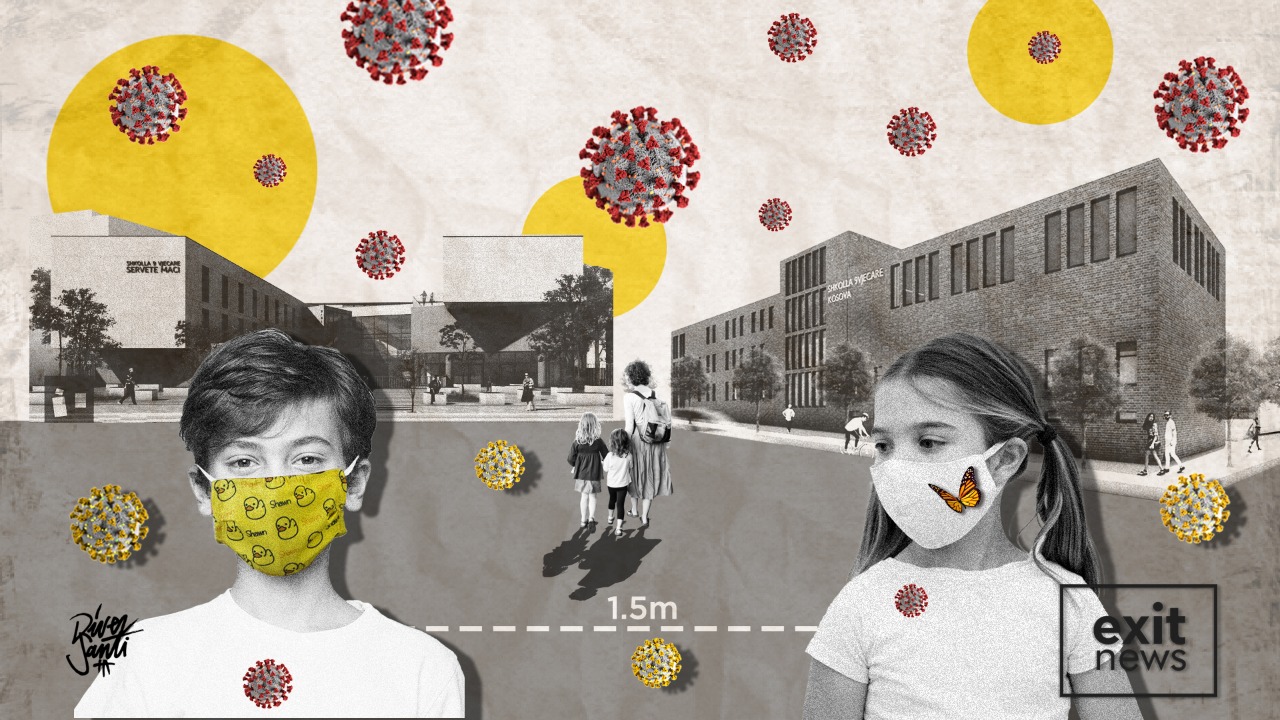
The COVID-19 pandemic has significantly impacted the education sector in Albania with official data sounding the alarm that the number of students graduating from school is declining.
The Gross Graduation Ratio is defined by the number of graduates at a certain age who graduate from a specific level, for example high school or university.
The GGR overall is now 79.6% of 18-year-olds, down from almost 85% in 2019 before the start of the pandemic. During the 2020-2021 school year, some 31,136 students completed their secondary education.
Further declines have been seen through other metrics such as the results of the state matura exam in 2022, where only four students in the entire country got full marks.
The generation of high school seniors who graduated this year has spent a long period of their secondary education under constraints. This came in the form of restrictions due to the pandemic but also following the 2019 earthquake, which saw schools closed and many damaged.
Albanian Government Investment in Education Falls Short of Expectations
Many students found it impossible to follow the online lessons, as they did not have the right tools such as tablets, laptops, or stable internet connections, say the teachers in Tirana’s secondary schools.
The Albanian government spent EUR 445.2 million on education in 2020, equivalent to 3.4% of the country’s GDP, according to data published by INSTAT.
While this is a marginal increase of 0.01% on 2019, it still means Albania is among the countries that spend the least on education globally. This comes despite continued pleas to increase spending and investment in the area.
When INSTAT looked at the amount spent on education in terms of total budgetary expenditure, this decreased compared to the previous year. At 10.2%, it’s at its lowest level since 2015, according to historical data.

